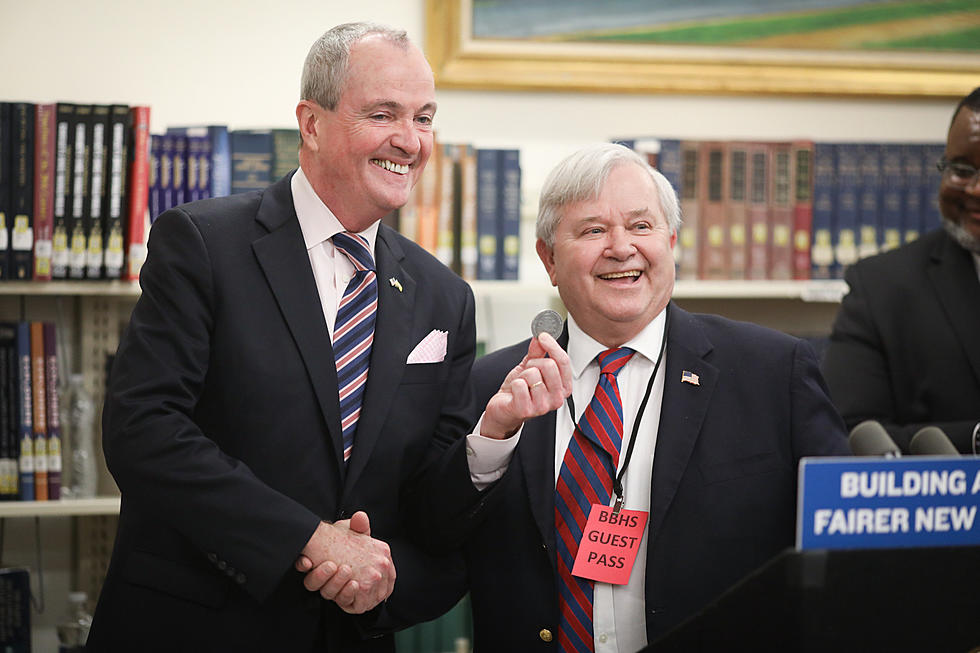
School Aid Winners and Losers Under Murphy’s 2021 NJ Budget Plan
The Murphy administration on Thursday released district-level details about how it intends to distribute school aid for the 2020-21 school year.
Formula-related aid increases by nearly $337 million overall, up 3.9% to more than $9 billion. But the changes are uneven as the state continues its gradual return to following its formula.
- 194 districts see double-digit percentage increases.
- 194 districts lose aid.
- Another 189 have gains below 10%.
See your district would make out in the chart at the end of this article.
Gov. Phil Murphy said the changes come on the heels of the restoration of about a half-billion dollars of aid during his first two years in office, though it’s still short – by around $1.1 billion – of what state law considers full funding.
“We know we’re not there yet. We know we have more work to do, and we have much more work to make up for, given the reality of what we inherited,” Murphy said. “But we’re on a journey, it’s going in the right direction, and it is making a difference.”
“This is good news for everyone,” Murphy said, at a news conference at Bound Brook High School. “Because every dollar of new school aid from the state is direct property tax relief.”
In 2019, school taxes statewide totaled $15.86 billion out of the $30.44 billion levied statewide. School taxes increased by $369 million from a year earlier, and that 2.3% increase was faster than the growth of municipal taxes, 2.2%, or county taxes, 1.7%.
Formula aid changes for 2020-21 amount to more than $53 million to Newark, $25 million to Elizabeth and $24 million to Paterson. In percent terms, the biggest gainers are Cumberland County Vo-Tech (47%), South Hackensack (45%), Atlantic City (44%), Woodbridge (29%) and North Brunswick (27%.)
On the other end, Jersey City schools would receive $55 million less, and formula aid would drop by more than $5 million apiece for Freehold Regional, Toms River Regional and Asbury Park. Seaside Heights would see the biggest percentage drop, down 22%.
Districts that are losing aid might be eligible to apply for a share of $50 million in stabilization aid, if lawmakers agree to include it in the budget and depending on how the rules for the program are set by the Department of Education.
“We’re being much more aggressive on the districts that have been squeezed,” Murphy said.
Murphy’s budget also increases preschool funding by $83 million. That includes $58 million more for existing programs and $25 million to expand it to new programs.
In all, K-12 funding is projected at $16.3 billion, from a $40.9 billion proposed budget.

More From WPG Talk Radio 95.5 FM










